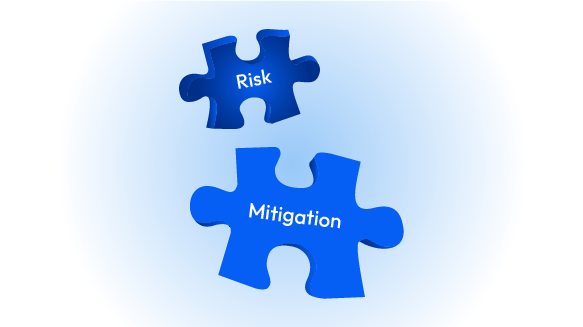Unlocking Success: A Comprehensive Guide to MVP Development

In the dynamic landscape of software development, building a successful product requires a strategic approach. One such strategy that has gained immense popularity is the Minimum Viable Product (MVP) development. In this blog post, we will delve into the concept of MVP development, its significance, and the step-by-step process to create a compelling MVP that not only meets user needs but also sets the foundation for long-term success.
What is MVP Development?
Minimum Viable Product (MVP) development is a strategic approach to building and launching a product with the minimum features required to satisfy early users and gather valuable feedback. The primary goal of an MVP is to quickly test a product hypothesis with the least amount of effort and resources.
The focus is on delivering essential features that address the core problem or need of the target audience. This streamlined approach allows for a faster time-to-market, enabling entrepreneurs and product teams to validate their assumptions and iterate on the product based on user feedback. The emphasis is on learning from real user interactions and adapting the product accordingly.
Its often consist of a basic set of features that showcase the product’s value proposition without unnecessary complexity. This simplicity not only accelerates development but also minimizes the risk of investing significant resources in a product that may not resonate with users.
Key principles of MVP development include rapid iteration, continuous feedback loops, and a willingness to pivot based on insights gained during the initial stages. By releasing a scaled-down version of the product early on, developers can validate assumptions, identify pain points, and make informed decisions about future feature development.
MVPs are especially valuable in industries characterized by uncertainty, allowing companies to mitigate risks, conserve resources, and make data-driven decisions. Successful MVP development requires a keen understanding of the target audience, a clear definition of the product’s value proposition, and a commitment to refining the product based on user input.
In summary, MVP development is a strategic methodology that prioritizes speed and learning, enabling teams to efficiently test their product ideas, gather crucial user feedback, and iterate towards a more refined and market-ready solution.
Significance of MVP Development
Risk Mitigation
Mitigating risks in Minimum Viable Product (MVP) development is crucial to ensure a successful and efficient product launch. Here are some strategies to help manage and reduce risks during MVP development:
-
Strategic Planning and Definition
-
Continuous Stakeholder Involvement and Adaptation
-
Risk Mitigation and Technical Excellence


Early User Feedback
Gathering feedback from real users early in the development process is invaluable. It allows developers to understand user needs, preferences, and pain points, guiding subsequent iterations for optimal user satisfaction.
-
Initial Setup and Objectives
-
Feedback Collection and Iterative Development
-
Communication and Monitoring
Cost-Efficiency
Building a full-featured product from the start can be costly and time-consuming. An MVP allows for cost-effective development, focusing on essential features and reducing the financial burden during the initial stages.
-
Strategic Feature Selection
-
Optimized Technology Adoption
-
Iterative and Efficient Development Practices


Faster Time to Market
The streamlined development process of an MVP enables a quicker time to market. This is crucial in competitive industries where being the first to offer a solution can be a significant advantage.
-
Streamlined Development Process
-
Cross-Functional Collaboration
-
User-Centric Iteration
Steps in MVP Development
Define Your Vision and Target Audience
Clearly articulate your product vision and identify the core problem your product aims to solve. Understand your target audience and their pain points to ensure alignment with user needs.
Prototype Development and Feature Prioritization
Develop a basic prototype focusing on the essential features that define the core value of your product. Prioritize features based on their importance in solving the identified problem.
User Feedback and Iteration
Release the prototype to a select group of users to gather feedback. Analyze user behavior, preferences, and criticisms to identify areas for improvement. Iterate on the product based on the feedback received, gradually enhancing its capabilities.
Scale Up and Full Product Launch
Achieve a product-market fit based on the iterative improvements and positive user validation. Scale up development to include additional features and functionalities. Launch the full version of your product, leveraging insights gained from the MVP phase.
Conclusion
In the competitive world of software development, MVP development is a powerful strategy for building successful products. By embracing a lean and iterative approach, teams can efficiently navigate the complexities of product development, minimize risks, and deliver solutions that truly meet user needs. Whether you’re a startup or an established enterprise, incorporating MVP development into your product strategy can be the key to unlocking sustained success in the market.
